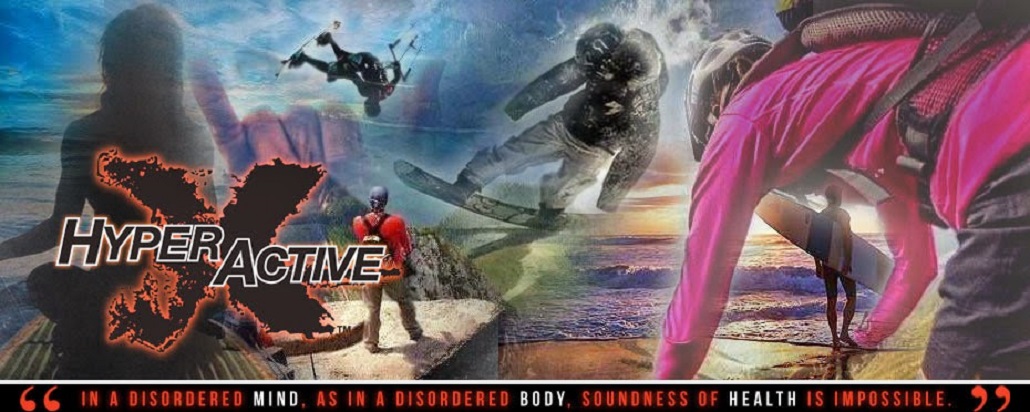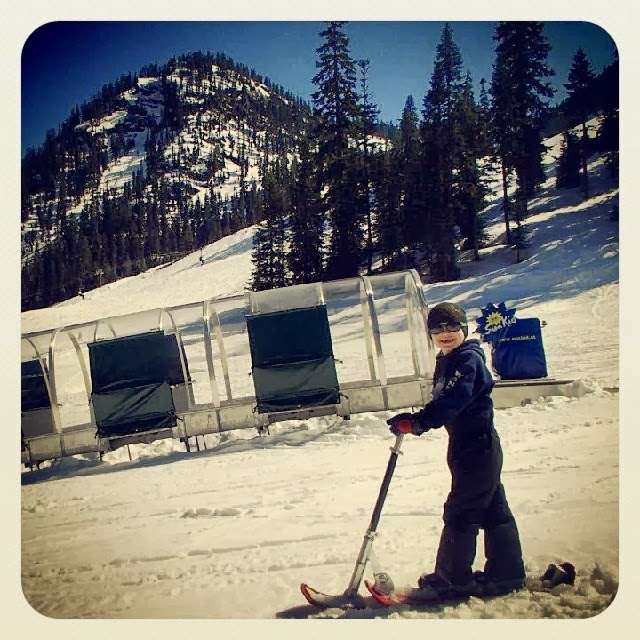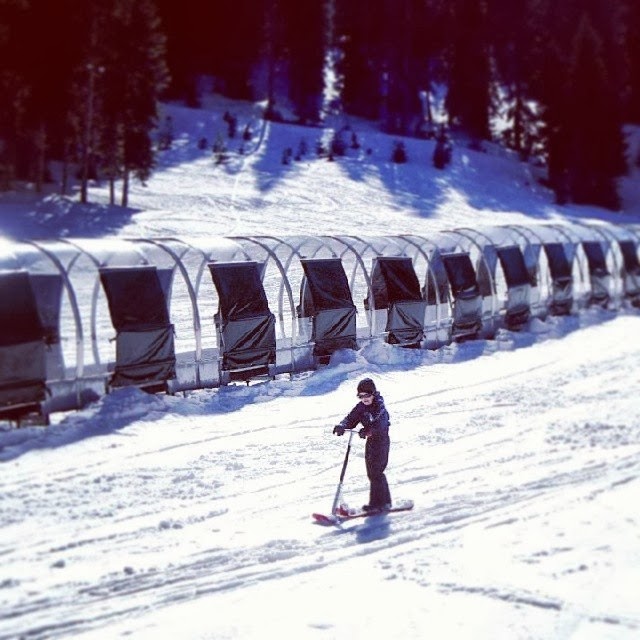I don't consider myself to be a "cyclist". I don't owe a team jersey, shave my legs, or ride a 5K bike. I am, what they call, a "bike enthusiast ", a " recreational cyclist ". For me, biking is not about getting a great work out, being eco-conscious or saving a bunch of money on gas ( well, all that too ). For me biking is a new , great , inexpensive way of traveling , sightseeing and a chance to experience the area I'm visiting at a leisure pace.
As of 2013, for the sixth year in a row, Washington is considered to be the most bike-friendly state in US ( by the League of American Bicyclists ). And why not ? With its numerous bike paths, and designated bike trails, Washington is a great place to explore by bike.
Take , for an example, Burke-Gilman Trail. Almost every WA state tourist's guide book, local biking/outdoors book and magazine has mentioned this bike trail. But not many of those publications mentioned what that trail really represented.
Called "a major transportation corridor ", the trail is also a major sightseeing route that gives an opportunity to see some of Seattle most iconic sights.
The trail begins in Ballard and follows along the Lake Washington Ship Canal and north along Lake Washington. Along the way it passes numerous points of interest, neighborhoods , local landmarks and offers a variety of other outdoors activities along the way.
Start your trip at The Hiram Chittenden Locks ( Ballard Locks ), where you can roam around Botanical Garden, then cross over the locks and spillway dam to the fish ladder and viewing windows, and before you go home, you can stop by the visitor center and browse through the gift shop. Biking around the historic Scandinavian community of Ballard transports you to another time.
Then head east to Fremont. Sometimes referred to as "The People's Republic of Fremont," "The Center of the Universe" and at one time a "center of the counterculture", Fremont is famous for such cultural landmarks as Statue of Lenin, the Fremont Troll, the outdoor sculpture "Waiting for the Interurban " and an old rocket fuselage. A growing number of technology companies have a presence in Fremont, including Adobe Systems, the Allen Institute for Brain Science, Getty Images, Google, and others. Fremont for cyclist ( especially naked cyclists ) is home to Fremont Solstice Parade.
.jpg)


Next stop -Gas Works Park. The strangest park in Seattle, and may rank among the strangest in the world, the old gasification plant has been reconditioned, painted, and incorporated into a children "play barn" structure. The park offers a panoramic view of the Seattle skyline, Lake Union and snowcapped mountains. It also a very popular put in spot for kayakers. Gas Works Park has been a setting for films, such as "Singles" and " 10 Things I Hate About You" and also on the travel-based television reality show "The Amazing Race".
Don't just bike by the University of Washington campus. The bridge connecting the BGT with the Husky Stadium, gives you a great chance to padle around the stadium on the campus of the University of Washington. Located directly behind Husky Stadium on Union Bay and the Montlake Cut , The Center for Water Sports offers canoe and rowboat rentals for general public.
Further along the BGT passes a few local beaches -Matthews Beach , Cedar Park, Lake Forest Park.
In one of my posts, I've already wrote about the Magnuson Park, the Mountaineers' new headquarters and a place to learn climbing, backpacking, sailing, and kayaking.
Jump off your bike and straight into seaplane cockpit in Kenmore Air Harbor. Whether your destination is Sun Juan Islands, Olympic Peninsula or just a flight-seeing excursion over Seattle, it will be an experience you'll treasure for a lifetime.
At Blyth Park in Bothell the trail becomes the Sammamish River Trail and continues for 10 miles (16 km) to Marymoor Park, Redmond, on Lake Sammamish. But I'll cover that in my upcoming posts.


.jpg)


.jpg)


.jpg)

















